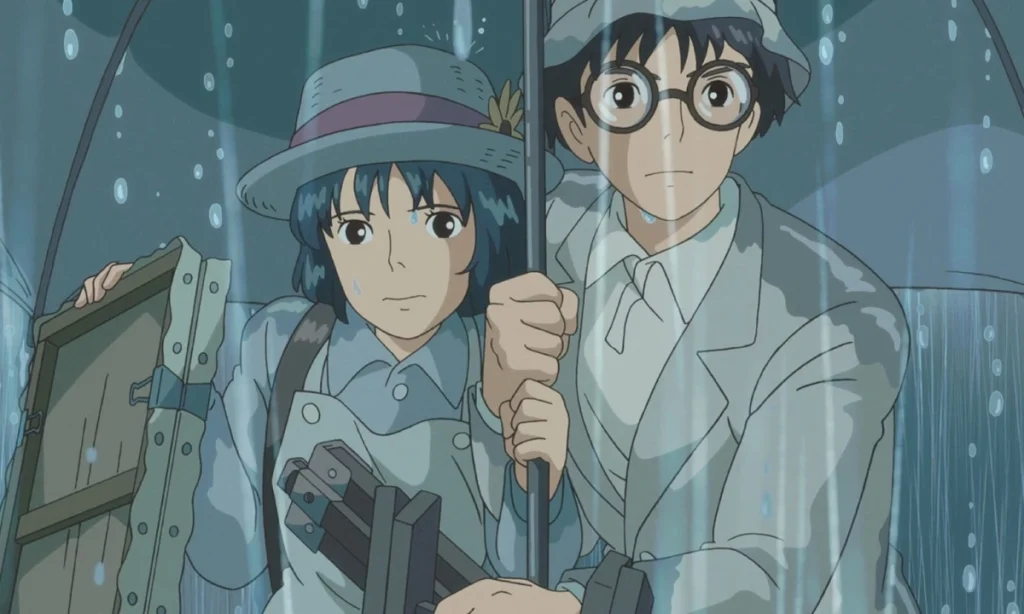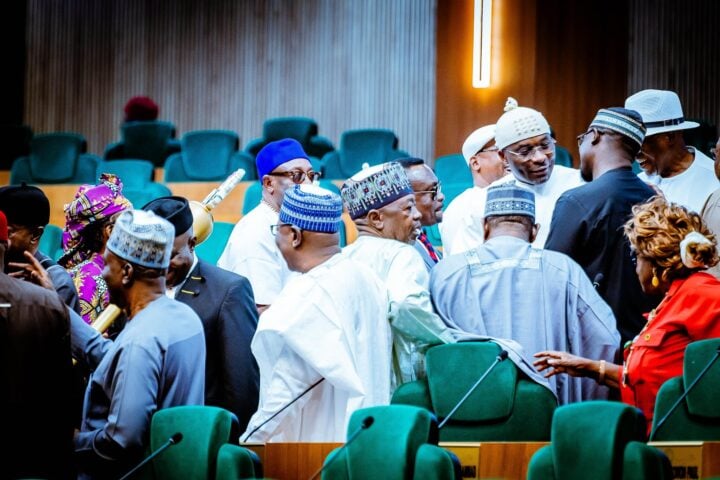Hayao Miyazaki's Art Style Is Iconic, but It's Not Why Ghibli Films Are One of a Kind
Alright, let’s be clear about one thing: yes, Hayao Miyazaki’s art style is instantly recognizable. From those lovely skies to the warm food close-ups and fantastical creatures, Ghibli movies look stunning. But what really makes them stand out? It’s not just how they look. It’s the way they move. The beauty of Ghibli exists in its animation, not the static images, but the motion between them.
That’s what makes it timeless, while other movies age like a banana on a hot sidewalk. Pop in Kiki’s Delivery Service or Princess Mononoke, and they still hold up decades later. Meanwhile, early CGI? Yeah, Toy Story was groundbreaking, but today it kinda looks like a PlayStation 1 cutscene. Studio Ghibli films don’t just age well, they become absolutely timeless.
2D animation has this strange power to remain contemporary, and Hayao Miyazaki makes full use of it. His movies don’t coast on nostalgia, they compete with contemporary blockbusters. Why? Because the animation is so alive. It’s not just about clean lines or perfect lighting. It’s about movement, weight, and soul.
You can feel it when a character struggles to push a gate or climbs up a wooden tower, and the beam bends. These small details? Most studios would skip them. Miyazaki? He obsesses over them. Most people think animation is just about drawing. But Miyazaki treats it like acting.
In the NHK documentary, 10 Years with Hayao Miyazaki, you’ll see him filming everyday stuff: people walking, eating, even just breathing. Then he recreates it with just enough exaggeration to make it feel more real than real. That’s why when a character’s feelings get high, the wind blows, their hair blows, and you feel it. It is as if nature is responding to their emotions. It is not realism, it’s expressive realism.
Take Princess Mononoke, for example. There’s a scene where Ashitaka shoots an arrow, and the bow physically twists in his hand. That’s not some crazy anime flex, it’s accurate to how real bows behave. And Gonza swinging his sword and cutting the wall by accident? Funny and immersive. These aren’t gags, they show how the world reacts to the characters.
It’s all exaggerated just enough to make every movement pop. That’s why even small actions feel satisfying. It’s like the animators asked, “How can we make this five-second scene unforgettable?” Ghibli isn’t just visual, it’s about the sound as well.
Miyazaki’s sound is intentional and strong. Sometimes it’s silence, sometimes it’s the creak of wood or wind through grass. Whatever it is, it enhances the animation without overwhelming it. It lets the scene breathe.
What actually makes Studio Ghibli stand out? No wasted frames. Background characters move. Clothes ripple. A kid slams a gate with their entire body rather than just shutting it like a robot. It’s all designed to feel human. And when Hayao Miyazaki wants something perfect, he waits.

There is a scene in The Wind Rises with characters cutting through a crowd that one animator worked on for 15 months. For a few seconds of screen time. Because it mattered. Sure, you can slap a Ghibli filter on anything and make it look nice. But it’ll never be the same.
Even the most brutal scenes in Mononoke, like limbs getting blown off, don’t feel like they’re over-the-top. They completely make sense. They really enrich the story. Because they serve the story. It’s what brings everything to life. There are plenty of artists who try to imitate Miyazaki’s style. AI tries to do it, too. But nobody captures the essence.
Because the secret’s not in the brushstrokes. It’s in the years of experience, the emotional weight, the complete refusal to cut corners. Most studios simply don’t have the money or time to go all-out like Hayao Miyazaki. But he’s done it for 50 years, and still, he approaches each frame like it matters. Because, honestly, to him, it does.











